Description
Unique Flowers that Pollinators will Love
The Dwarf Bottlebrush is a compact and vibrant shrub native to Australia. It’s celebrated for its distinctive red flowers and manageable size, making it an ideal plant for various garden settings. Callistemon viminalis ‘Little John’ is a smaller version of the traditional bottlebrush plant, renowned for its striking red blooms and lush, evergreen foliage. This dwarf cultivar reaches approximately 3 feet in height and width, perfect for small gardens, borders, or container planting. The vibrant red, brush-like flowers are not only visually appealing but also attract pollinators like bees and hummingbirds, enhancing your garden’s biodiversity.
Light
The Dwarf Bottlebrush thrives in full sun, requiring at least six hours of direct sunlight each day. Choose a location that provides ample sunlight to encourage prolific blooming. While adaptable to various soil types, the plant prefers well-draining soil to prevent root rot. It’s also important to select a spot with enough space for the plant to reach its full size without overcrowding. If you’re planting multiple shrubs, space them at least 3 feet apart to allow for proper air circulation and growth.
Water
Proper watering is crucial, especially during the Dwarf Bottlebrush’s establishment phase. Water the plant deeply and regularly during its first growing season to establish a strong root system. Once established, it becomes drought-tolerant, requiring less frequent watering. Allow the soil to dry out between watering sessions to prevent overwatering and root rot. In hotter, drier climates, additional watering may be necessary, especially if the plant is in a container. During the winter months, reduce watering as the plant’s growth slows down.
Soil
The Dwarf Bottlebrush is not particularly picky about soil but performs best in well-draining soil. If your garden soil is heavy or clayey, consider amending it with organic matter to improve drainage. A neutral to slightly acidic pH is ideal for this plant.
Fertilizing
Fertilizing is not usually necessary for established plants, as they are fairly low-maintenance. However, if you notice stunted growth or poor flowering, you can apply a balanced, slow-release fertilizer in early spring. Be cautious not to over-fertilize, as this can lead to excess foliage growth at the expense of flowers.
Pruning
Pruning is an important aspect of Dwarf Bottlebrush care. Prune immediately after flowering to maintain its shape and encourage dense growth. Remove any dead or diseased wood and thin out crowded branches to improve air circulation. Pruning also stimulates new growth, leading to more prolific flowering in the next season. Regularly removing spent flowers can also encourage additional blooming.
Pest and Disease Management
The Dwarf Bottlebrush is relatively resistant to pests and diseases, but it can occasionally be affected by aphids, scale insects, or spider mites. These can be controlled with insecticidal soap or neem oil. As for diseases, root rot can be an issue if the plant is overwatered or planted in poorly draining soil. Ensure good drainage and avoid overwatering to prevent this problem. Regular inspection of the plant will help in early detection and treatment of any issues.
Common Problems and Issues
One common problem with Dwarf Bottlebrush is insufficient flowering, often due to too much shade or over-fertilization. Ensure your plant gets enough sunlight and use fertilizer sparingly. Overwatering can lead to root rot, so be sure to let the soil dry out between watering sessions.

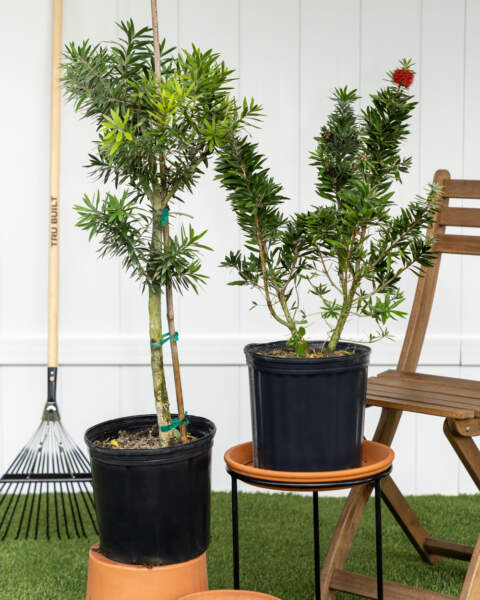
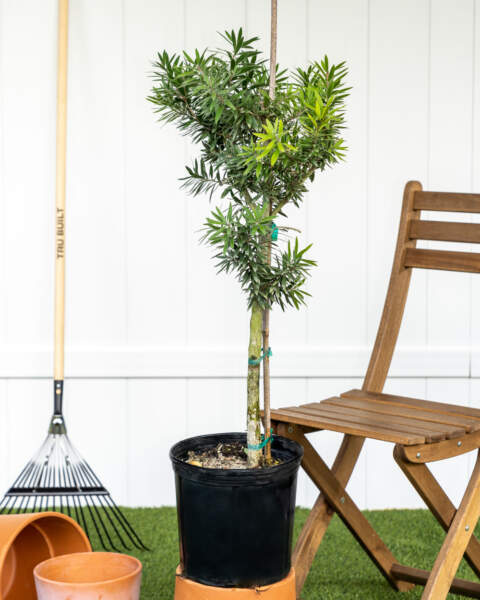
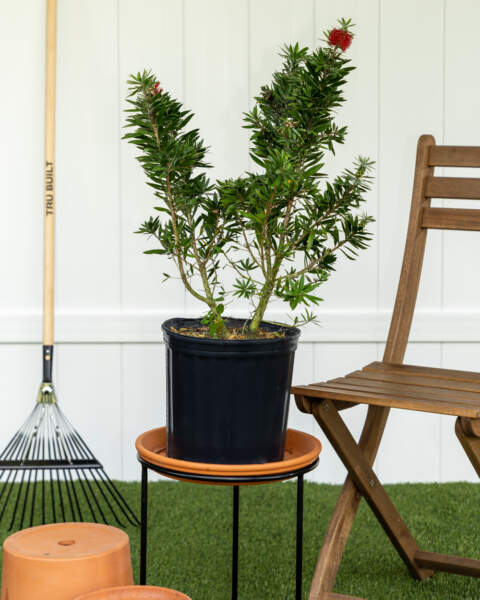
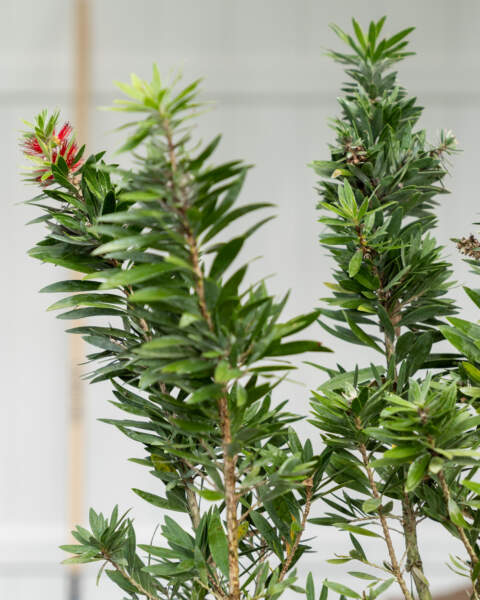

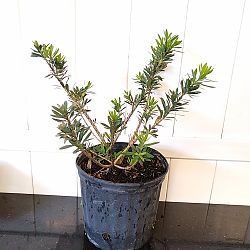

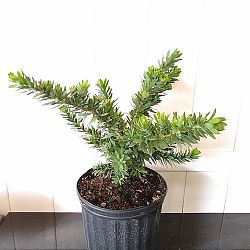
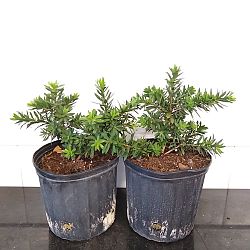
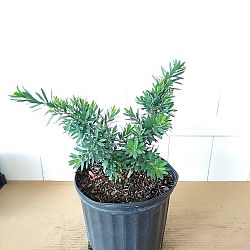
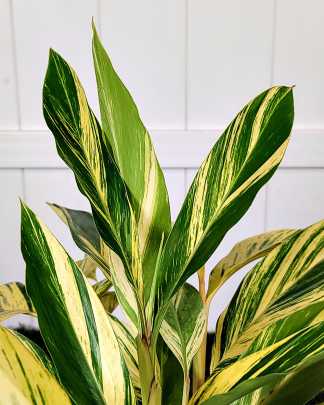
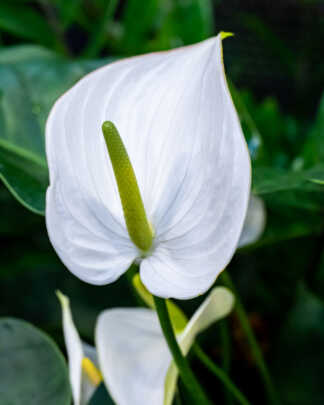
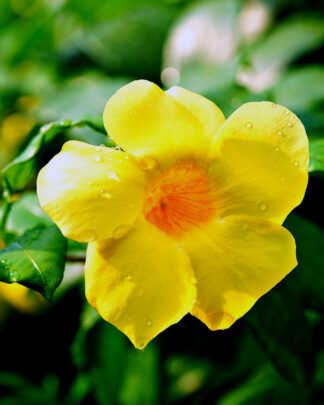
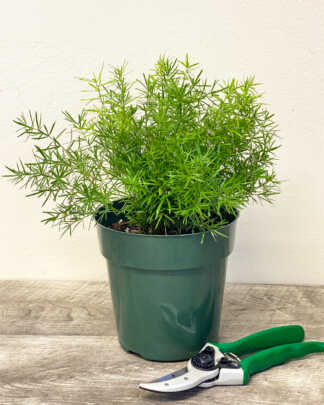



Reviews
There are no reviews yet.